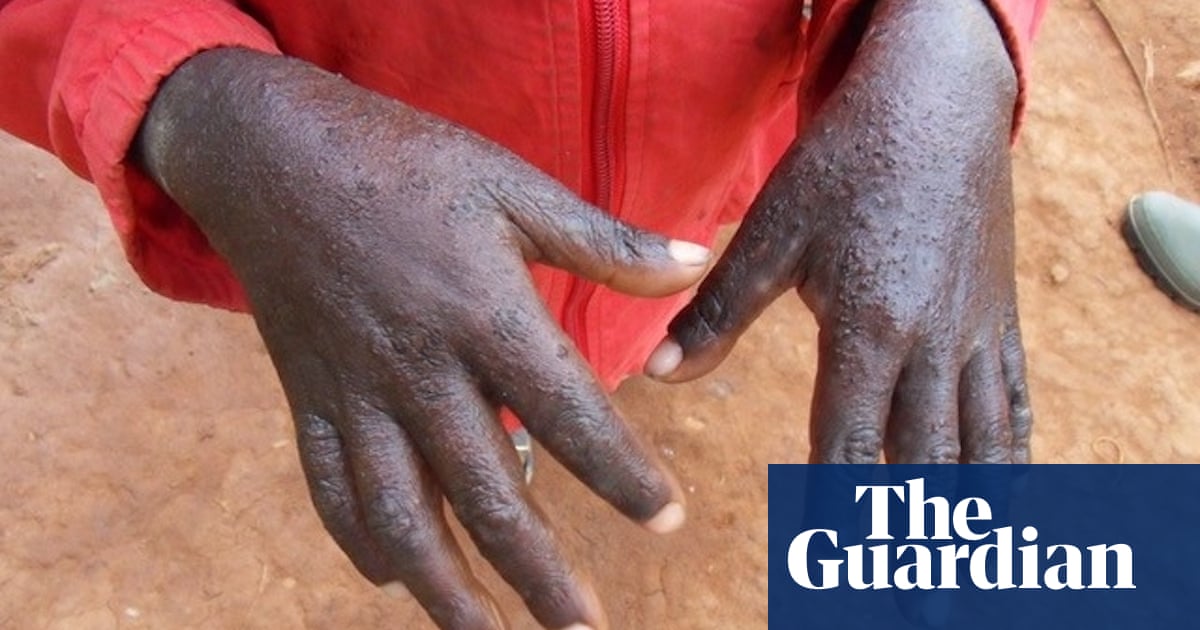
Paddling in a canoe through the flood waters left by Hurricane Eta in his rural village near the north coast of Honduras, Adán Herrera took stock of the damage.
“Compared with Hurricane Mitch, this caused more damage because the water rose so fast,” said Herrera, 33, a subsistence farmer who is living on top of a nearby levee with his wife and child while they wait for the water to recede. “We’re afraid we might not have anything to eat.”
Hurricane Mitch in 1998 was the most destructive storm to hit Central America. But hundreds of thousands of subsistence farmers across the region have lost everything in flooding caused by Eta, which made landfall in Nicaragua as a category 4 hurricane on 3 November. Now, with a second hurricane projected to make landfall on Monday near where Eta did, even more could find themselves in the same situation.
Climate scientists say that this year’s record-breaking hurricane season and the “unprecedented” double blow for Central America has a clear link to the climate crisis.
“In a 36-hour period [Eta] went from a depression to a very strong category 4,” said Bob Bunting, CEO of the non-profit Climate Adaptation Center. “That is just not normal. Probably it was the fastest spin up from a depression to a major hurricane in history.”
The evidence of the influence of the climate crisis is not so much in the record-breaking 30 tropical storms in the Atlantic so far this year, but the strength, rapid intensification and total rainfall of these weather systems.
“The warmer ocean waters that climate change brings are expected to make the stronger storms stronger and make them rapidly intensify more frequently and at a greater rate,” said Dr Jeff Masters, a meteorologist and contributor to Yale Climate Connections. “These things have already been observed, particularly in the Atlantic, and it’s going to be increasingly so in coming decades.”
Central America has been one of the regions most affected by the climate crisis to date, first with Hurricane Mitch, and in recent years with more extreme weather patterns, particularly in what’s known as the dry corridor, which extends from northern Costa Rica all the way to southern Mexico.
“Heat is energy,” said Masters. “Depending on the prevailing weather conditions you’re going to intensify those conditions.”
In the dry corridor, that has meant more frequent, prolonged and intense droughts as well as heavier rainfall when it does come, often causing flash flooding that washes away crops.
Subsistence farmers in the region have struggled to adapt to the new reality, and many in the region have simply given up and left. The climate crisis – and the hunger it brings – is increasingly being recognized as a major driver of emigration from the region.
“I don’t see a lot of options for Central America to deal with the global warming issue,” said Masters. “There are going to be a lot migrants and in fact, a lot of the migration that’s already happening in recent years is due to the drought that started affecting Central America back in 2015.”
Hondurans migrated to the US in significant numbers for the first time following Hurricane Mitch. In the year before the Covid-19 pandemic, more than 250,000 Hondurans were apprehended at the US south-west border, more than double any previous year and surpassed only by its neighbor to the north, Guatemala.
According to the Red Cross, at least 2.5 million people were affected by Hurricane Eta, including 1.7 million in Honduras. Many who have lost everything are already considering or making plans to migrate to the US and groups are beginning to organize caravans via social media.
Unable to fulfill the needs of their citizens before the pandemic, the economic downturn has stretched the finances of Central American governments to the brink. And unlike following previous natural disasters, the international community is dealing with pandemic-related problems of its own and is unlikely to step in to fill the gap.
Hurricane Iota could lead to even more widespread devastation across the region. Many areas still have high water levels from Eta, levees have been damaged or destroyed, dams are at or near capacity, and the saturated land could lead to more landslides like in Guatemala, where dozens are feared dead after part of a mountainside community was buried in mud.
The Atlantic hurricane season is expected to last until December this year, meaning that Iota might not be the last.
“When a season like 2020 keeps on cranking these things out, it’s going to keep on doing that,” said Masters.












